A new hybrid catalyst technology with reduced platinum content delivers lower system costs and improved ORR activity, stability, and fuel cell performance.
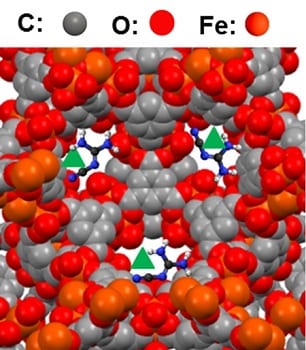

A new hybrid catalyst technology with reduced platinum content delivers lower system costs and improved ORR activity, stability, and fuel cell performance.
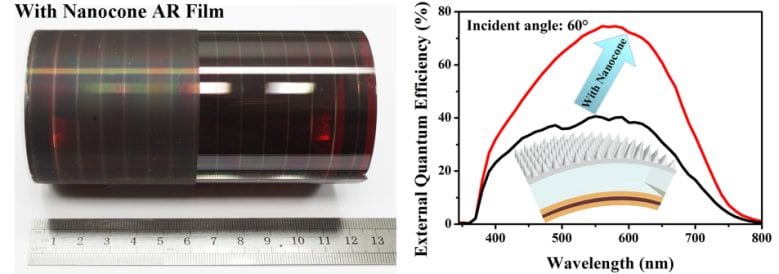
Innovative 3D silicon solar cell design on both macroscale and nanoscale boosts efficiency while lowering cost.
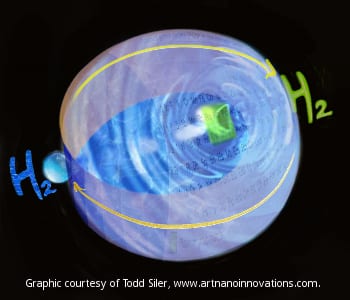
In his latest piece, Professor Ozin considers the possibility of basing a future hydrogen economy on platinum catalysts.
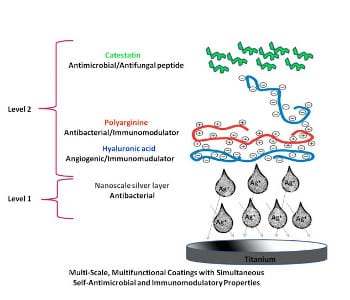
Rejection or diminished functionability of implants are frequent problems. A new type of coating could limit associated infections and inflammations.
Tomas Lindahl, Paul Modrich, and Aziz Sancar win the 2015 award for mechanistic studies of DNA repair.
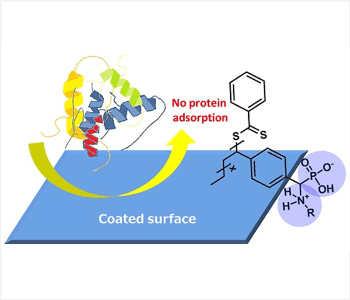
Anti-fouling zwitterionic coatings were successfully prepared by a surface Kabachnik-Fields reaction and subsequent deprotection of phosphonate groups.
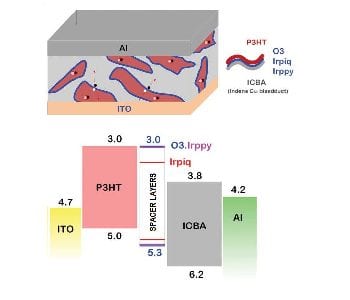
Inserting a spacer layer between the donor and the acceptor material of organic photovoltaic (OPV) devices enhances their power conversion efficiency.
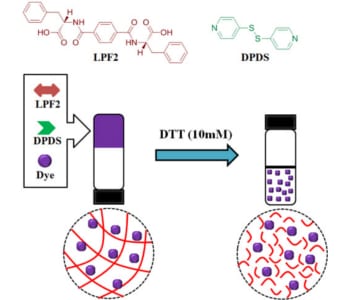
Prof. Chuanliang Feng and co-workers are working on novel supramolecular, redox-responsive hydrogels self-assembled from low-molecular-weight gelators.

Researchers have used the Venus Flytrap as a model for new aircraft flap design.
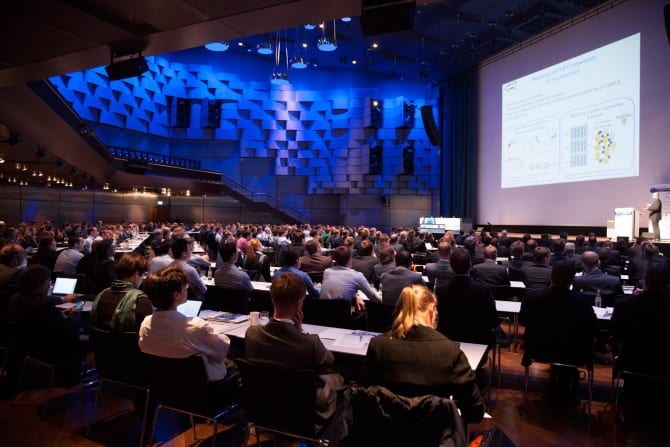
This symposium is a meeting place of academia and industry for discussing current trends and requirements of a battery’s life from cradle to grave.